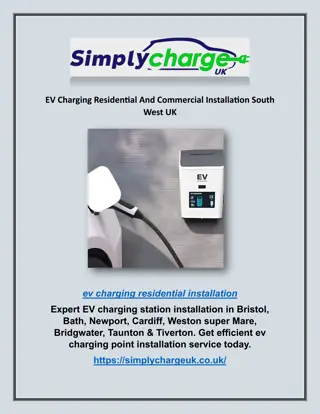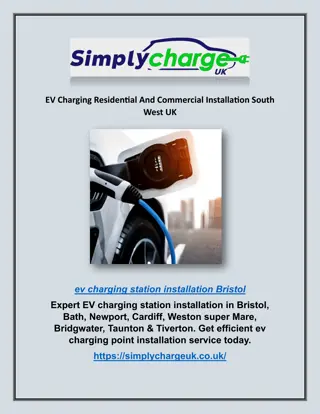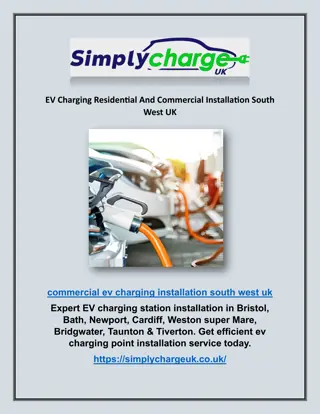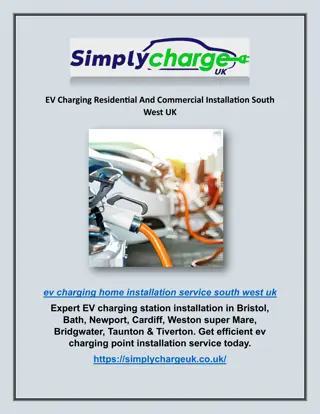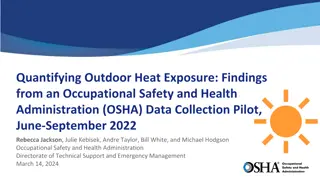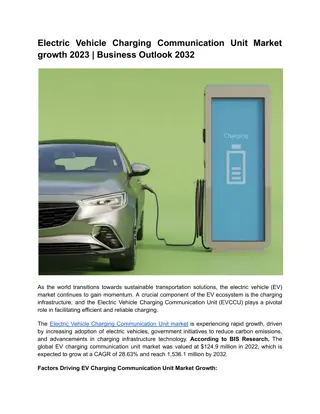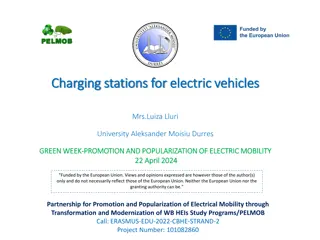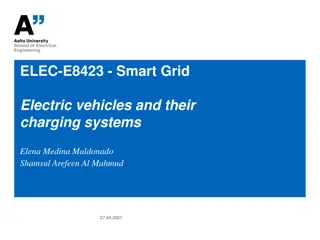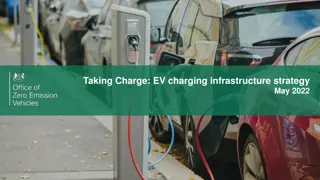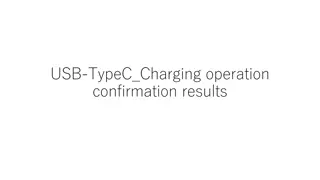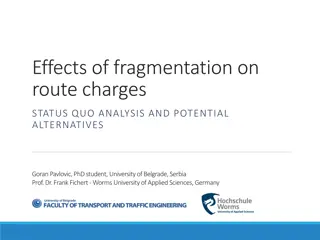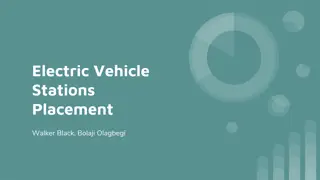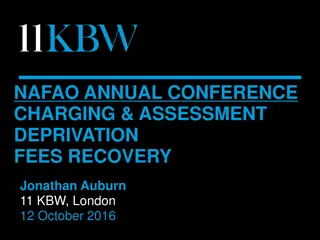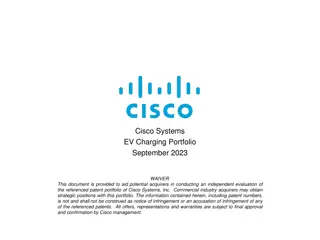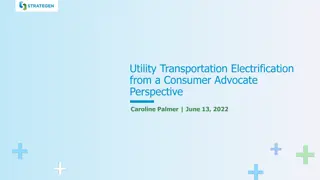PEV Workplace Charging Pilot Overview
This pilot program by SCE focused on evaluating workplace charging for plug-in electric vehicles, exploring consumer behavior, testing technologies, and measuring the impact on demand response. Activities included installing EV charging stations, conducting DR events, testing communication processes, payment options, pricing strategies, and space management controls.
Download Presentation

Please find below an Image/Link to download the presentation.
The content on the website is provided AS IS for your information and personal use only. It may not be sold, licensed, or shared on other websites without obtaining consent from the author.If you encounter any issues during the download, it is possible that the publisher has removed the file from their server.
You are allowed to download the files provided on this website for personal or commercial use, subject to the condition that they are used lawfully. All files are the property of their respective owners.
The content on the website is provided AS IS for your information and personal use only. It may not be sold, licensed, or shared on other websites without obtaining consent from the author.
E N D
Presentation Transcript
SCE Plug-In Electric Vehicle (PEV) Workplace Charging DR Pilot (WPC) Status DRMEC Meeting May 10-11, 2016 SCE Internal Use Only 1
PEV Workplace Charging Pilot Background Approved by the California Public Utilities Commission and funded by ratepayers as part the SCE 2012-2014 Demand Response (DR) Application (A.11-03-003). Pilot Timeframe: January 2013 December 2015. Pilot Objectives: Gain a better understanding of consumer behavior related to fee-based charging and DR events. Evaluate technologies that support non-proprietary charging options and an open communications standard (OpenADR 2.0b). Measure system and building load impacts related to plug-in electric vehicle charging. Better quantify DR potential of EV charging in the workplace. Help determine the balance between DR and customers needs for EV charging at the workplace. Advise business customers regarding the costs, benefits, and impacts of workplace charging to inform future installation plans at customer properties. SCE Internal Use Only 2
PEV Workplace Charging DR Pilot Schedule CPUC directed utilities to consider alternative-fuel vehicle tariffs, infrastructure and policies to support CA GHG emissions reductions goals (R.09-08-009). August 2009 March 2011 SCE proposed the PEV Workplace Charging Pilot in its 2012-2014 DR Application (Tariffs Programs & Services). June 2012 SCE filed AL-2746-E pursuant to OP80 of D.12-04-045, which outlined 9-point pilot plan. December 2012 SCE filed AL-2746-E-A to supplement its 9-point pilot plan as required by the CPUC. CPUC approved the SCE Workplace Charging pilot. SCE Transportation Electrification (TE) assumed project management lead role. January 2013 2nd EV User Survey was conducted with SCE/EIX employees and used as the basis for installation site selection. September 2013 October 2013 Competitive solicitation completed and bidder selected. SCE New Product Development & Launch assumed project management lead role. Site selection and installation plan completed; Design & engineering activities started. December 2013 June 2014 New construction activities started; Technical Requirements finalized; Purchase Order issued. September 2014 Construction and Installation Activities Completed. October 2014 EV Chargers Operational and Baseline Data Gathering Phase Launched: Complimentary Charging. December 2014 Baseline Data Gathering Phase Completed. January 2015 Pilot Execution Phase Launched: Fee-based EV Charging started. May 2015 DR Testing Phase Launched: DR Events started. August 2015 Space Management Testing Phase Launched: Non-Charging Occupancy Fee started. December 2015 Pilot Completion Date: 12/31/2015 Q1-Q2 2016 Transition 80 EV chargers to outsourced operation and management while continuing enabled functionality. May 2016 Present SCE PEV Workplace Charging DR Pilot status update at the DRMEC Meeting. Q3 2016 File SCE PEV Workplace Charging DR Pilot final report with the CPUC. 3
PEV Workplace Charging Pilot Activities Installed 80 EV charging stations (EVSEs) at 9 SCE facilities to evaluate workplace charging. Curtailed charging during 20 DR events from May - December 2015 to measure: consumer response to demand response events DR potential from EV chargers Tested innovative communication processes and open standards (OpenADR 2.0b). Tested non-proprietary payment options. Tested multiple pricing strategies to measure consumer response to fee-based charging. Tested space management control using a non-charging occupancy fee. SCE Internal Use Only 4
Preliminary 2015 Workplace Charging Pilot Data 75% of drivers opted to charge at Level 2 (208V) when charging in the workplace. Pilot realized almost 10,500 Level 2 sessions vs. 3,400 Level 1 sessions. 65% of drivers complete charging within 3 hours. Nearly 58,500 kg (130,000 lbs) of GHG Emissions Reductions were achieved by SCE employees and visitors during 2015. Approximately 11,500 kWh of energy was consumed per month to achieve the reduction. 84% of GHG emissions reductions resulted from Level 2 (208V) charging. EV drivers saved almost 25,000 gallons of gasoline (e.g., gallons per kWh). The 80 Pilot charging stations served 584unique drivers during 2015. On average, over 1,100 sessions per month were authorized under varying Level 1 and Level 2 pricing strategies. 86% of drivers disconnected within 30 min. of completed charging due to real-time notifications and space management controls (e.g., non-charging occupancy fee). The large majority of charging sessions occurred during off-peak pricing hours (e.g., 12:00 AM-noon; 6:00 PM to 11:59 PM). 81% of sessions occurred during off-peak pricing hours vs. 19% during on-peak hours. SCE Internal Use Only 5
WPC Pilot Statistics and Preliminary Findings Data Timeframe: January December 2015 Energy consumption ranges from 2.74 Energy Consumed dependent upon Charging Per Session kWh Consumption kWh 19.42 kWh per session for 85% Level Selected and Battery Size of sessions executed during 2015. During 2015: Revenue dependent upon Charging Level Per Session Revenue Revenue per session normally ranged Selected, Rate in Effect, Penalties Applied, and (Transaction fees of 2.9%+$0.30 deducted from revenue amount.) from $0.35 to $18.28 Charging Duration. Majority complete within 3 hours. 2 hours: 28% 3 hours: 37% 4 hours: 17% Charging Time dependent upon Connection Charging Time Time, Rate in Effect, Battery Size, and Charge Status Level 1: 25% of total sessions Level 2: 75% of total sessions Charging Level Selected GHG Savings Achieved by Charging Level Selected Level 1: 16% of total GHG savings Level 2: 84% of total GHG savings SCE Internal Use Only 6
Preliminary 2015 Pilot Demand Response Data 20 DR events were dispatched during 2015, which resulted in total energy curtailment of almost 900 kWh. All events were dispatched for 1 hour. 50% of the events were dispatched between 7:30 AM and 10:00 AM 50% of the events were dispatched between 1:00 PM and 2:00 PM 80% of DR load curtailment was provided by Level 2 (208V) charging. 76% of sessions participating in the DR events occurred during AM hours. Aligns with the preliminary finding that the majority of workplace charging occurs between 5:00 AM 12:00 PM. The average amount of energy curtailed during AM events was 67 kWh The average amount of energy curtailed during PM events was 21 kWh The time of DR event dispatch did not significantly impact driver participation. 76% of drivers participated in DR events dispatch between 7:30 10:00 AM 72% of drivers participated in DR events dispatch between 1:00 2:00 PM. SCE Internal Use Only 7
Appendix SCE Internal Use Only 8
Preliminary 2015 Gasoline Savings SCE Internal Use Only 9
Preliminary WPC Pilot Behavioral Findings Commute distance and convenience impact the charging decision for most drivers. 33% of 2015 survey respondents noted HOV access as the primary reason for buying/leasing a PEV, with an equal number noting high gas prices. EV ownership among SCE employees increased almost 500% from 2012 to 2016 (i.e., 58 to 342) based on 2016 survey responses. BEV drivers are more tolerant of fee-based charging than hybrid EV drivers. Gasoline prices impact the charging decision for hybrid PEV drivers. Availability of EV charging in the workplace influences employee EV buy/lease decisions. The large majority of drivers chose Level 2 (208V) charging in the workplace. The large majority of drivers opted to charge during AM hours. The time of DR event dispatch did not significantly impact driver participation. SCE Internal Use Only 10
2016 Employee Survey: Significant Findings EV Ownership Own BEV: 131 employees (4.1% of respondents) Own PHEV: 167 employees (5.3% of respondents) Own Both BEV and PHEV: 22 employees (<1% of respondents) Workplace Arrival & Departure Time Employees with >50 mile commute more frequently arrive before 7:00 a.m. and depart before 4:00 p.m. EV Driving and Charging Behaviors Probability that an EV owner would drive their EV to work directly correlates to commute distance. 84% of EV owners drive their EV to work daily (4-5 days a week) Probability that an EV owner would charge more days at work directly correlates to commute distance. EV owners with >30 mile commute are more likely to charge at work 4-5 days per week vs drivers with shorter commute 33% of EV owners charge their EV at work daily 25% of EV owners never charge at work due to lack of employee-accessible charging stations 77% of EV owners would plan to charge more often if more stations were available while 60% would plan to charge every day Finding does not consider fee-based vs free charging. SCE Internal Use Only 11
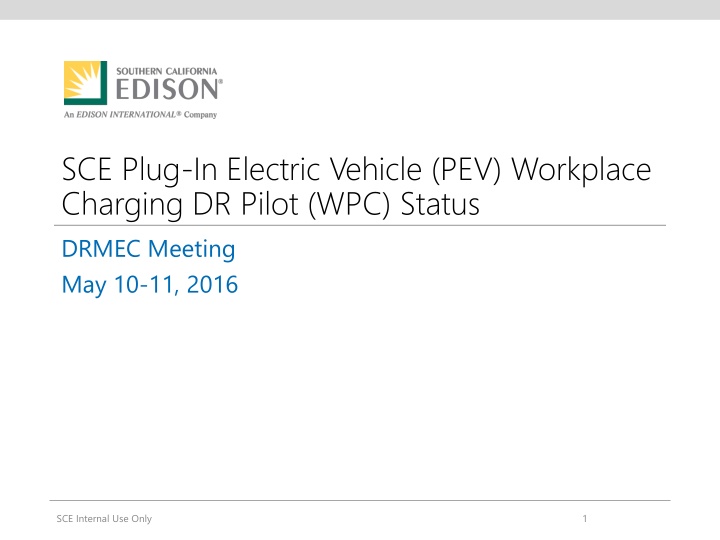

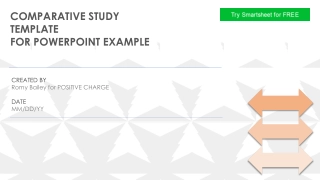
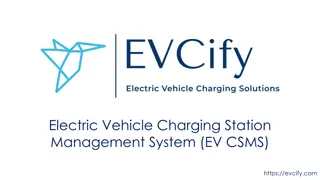
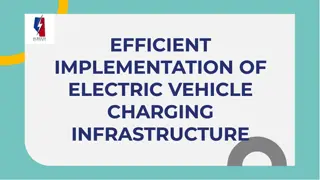
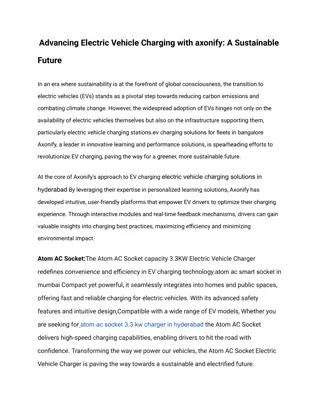
![Long-Range Wireless Charging Market Report & Analysis _ BIS Research [2024-2035]](/thumb/87166/long-range-wireless-charging-market-report-analysis-bis-research-2024-2035.jpg)
